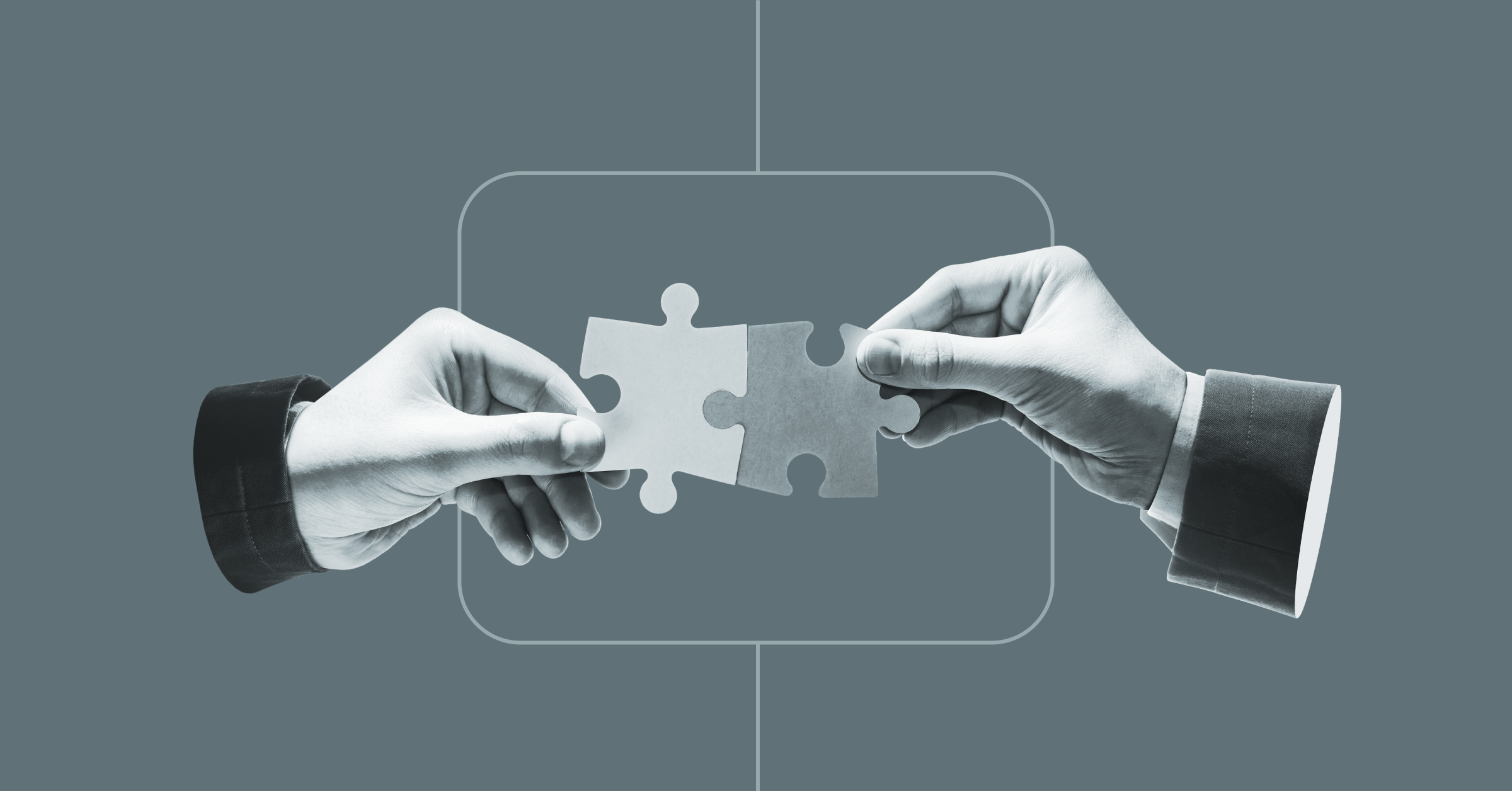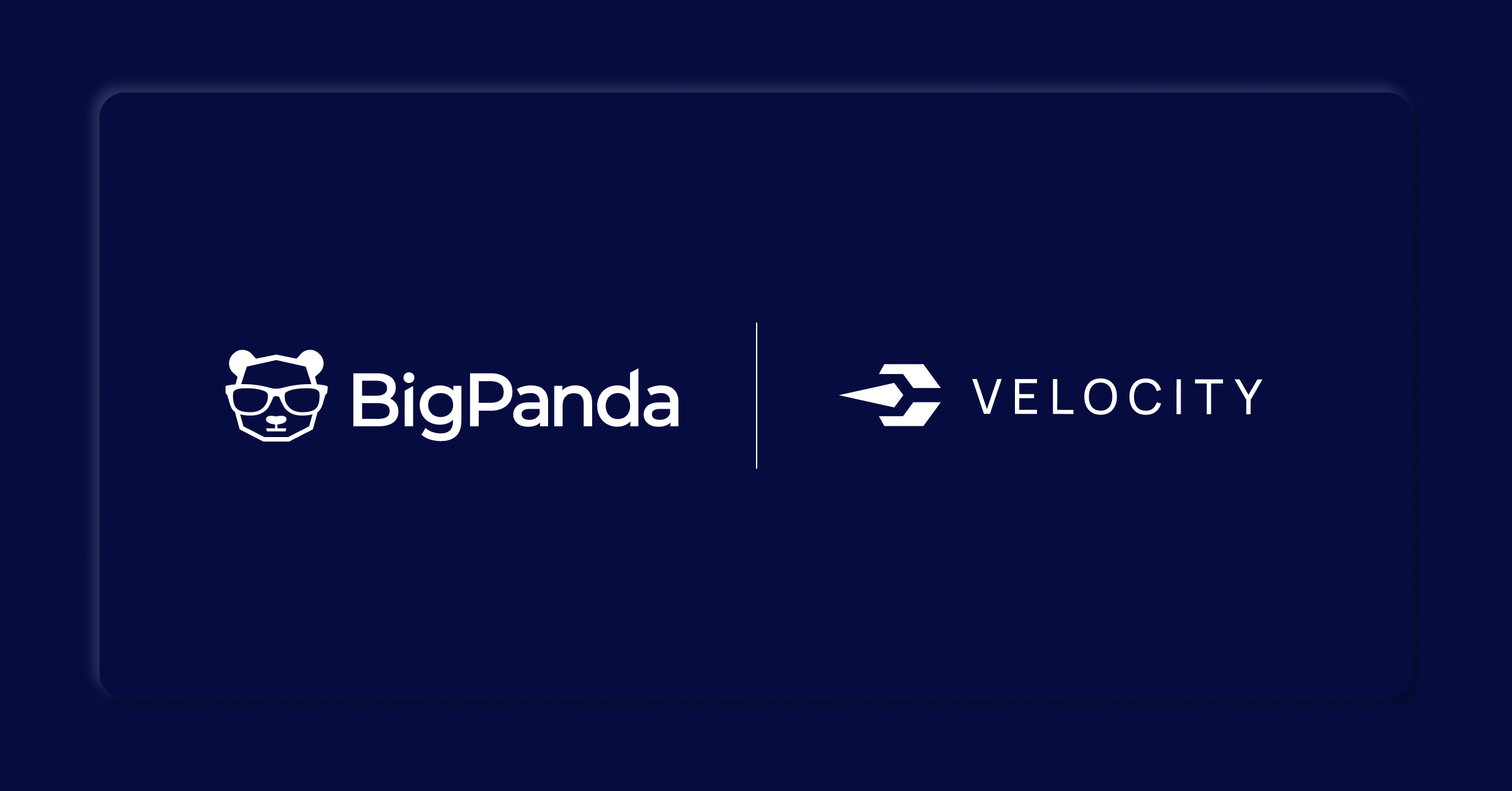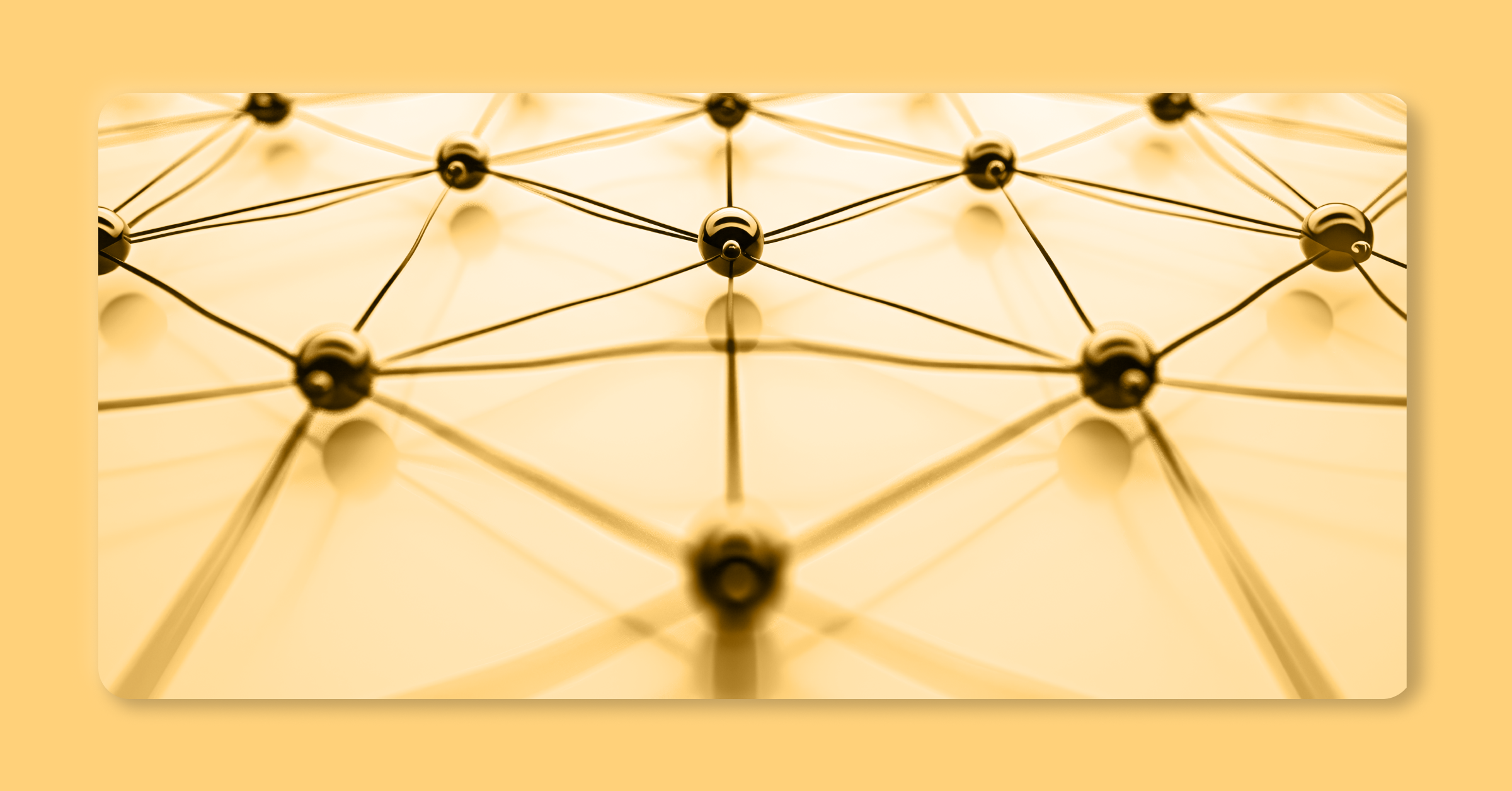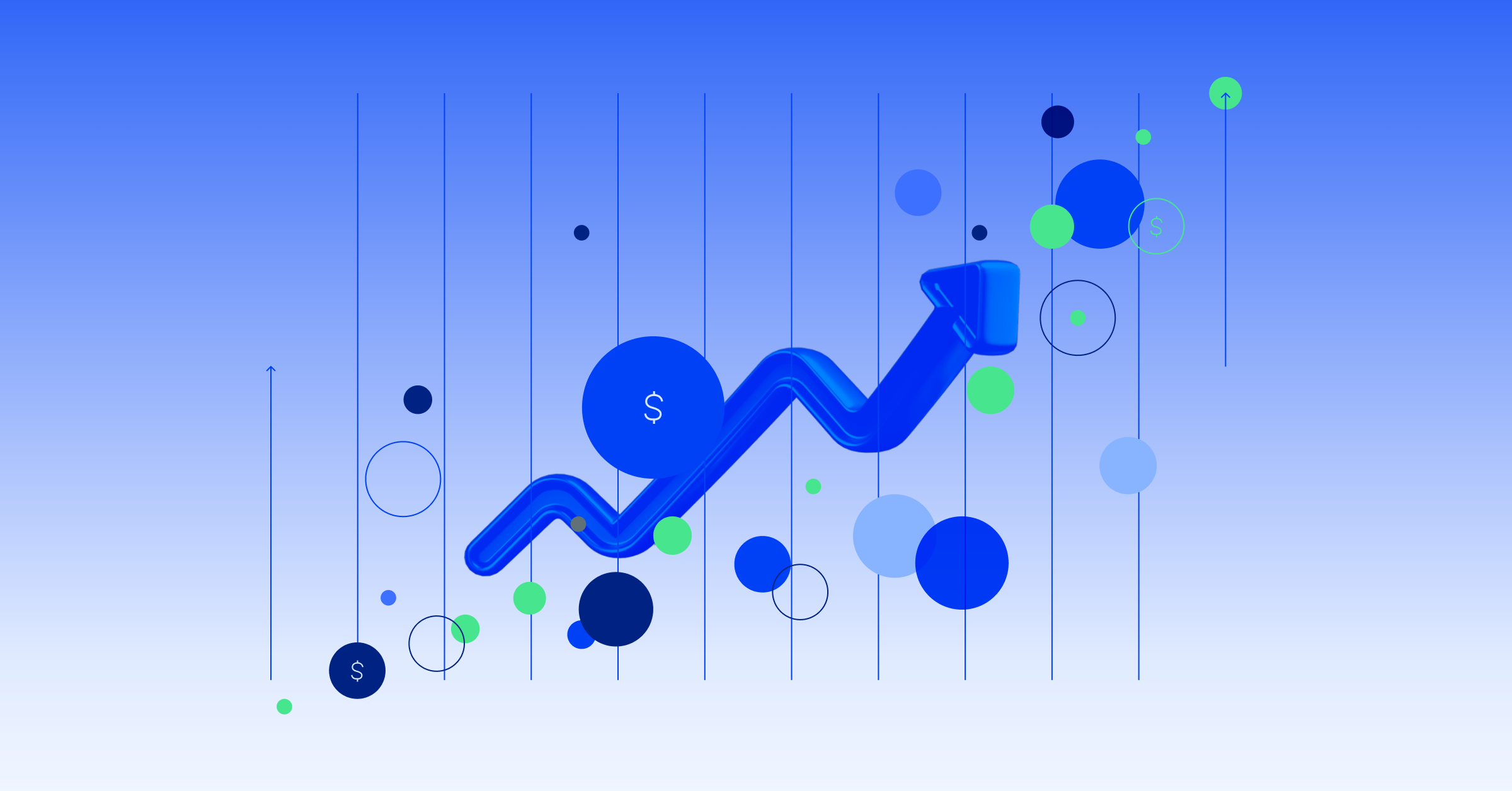How observability and AIOps work better together

If you’re managing complex cloud-based, containerized systems, your old monitoring methods likely aren’t enough. With increasing IT infrastructure complexity, you need more monitoring, logging, and instrumentation, which can quickly become overwhelming. The solution? Better observability—but that’s only part of the answer.
While observability and monitoring are critical, they cannot automate tasks, reduce alert noise, prioritize alerts, or automate incident resolution responses. That’s where AIOps platforms come in. According to ESG, 55% of organizations use AIOps with their observability tools to streamline IT incident management by automating tasks and managing alerts.
AIOps enhances observability by analyzing data to spot unusual patterns so IT teams can focus on top-priority issues. It also provides early alerts for potential problems and suggests proactive solutions. AIOps makes observability, monitoring, and event management more efficient.
In this article, we’ll examine how AIOps works with observability and what this means for IT organizations.
Understanding observability
Observability helps you understand the internal state of IT systems by analyzing the data they produce. As modern IT environments become increasingly complex, observability provides the visibility needed to keep operations running smoothly. Instead of waiting for problems to happen, IT teams can proactively identify issues, understand their causes, and resolve them before they impact users.
Observability relies on three main components:
- Logs: Captures event data, showing details of specific actions within an application or system.
- Metrics: These quantitative data points track performance, such as CPU usage or memory consumption, providing a high-level overview.
- Traces: Follow requests as they flow through services, revealing dependencies and bottlenecks in distributed systems.
Observability plays a critical role in quickly identifying root causes in distributed IT environments. Combining data from logs, metrics, and traces gives you a complete picture of your system’s health, making troubleshooting faster and more accurate.
However, observability alone has limitations. It shows what’s happening but doesn’t automatically fix issues or prevent incidents. Acting on observability still requires strong analytical skills and tools. It also doesn’t cover areas like security or compliance on its own. You should combine observability with other strategies to achieve a complete IT solution.
The role of AIOps
Artificial Intelligence for IT Operations (AIOps) uses AI and machine learning to make ITOps smarter and more proactive. It quickly sifts through a vast amount of data, including logs, metrics, and traces, to detect, diagnose, and even fix issues automatically. By doing this, AIOps helps IT teams handle complex systems without getting overwhelmed.
Key features of AIOps include:
- Event correlation: Group related alerts to reduce noise.
- Anomaly detection: Spot unusual activity in real-time so teams can respond quickly.
- Advanced analytics: Anticipate issues before they happen, helping prevent outages and downtime.
- Automated remediation: Fix problems automatically or suggest solutions to speed up response time.
AIOps really shines when combined with observability. While observability provides visibility into systems, AIOps helps teams interpret the data, reduce alert noise, identify the most critical issues, and predict potential failures. Together, AIOps and observability empower IT teams to resolve issues faster and manage complex, distributed environments more effectively.
How observability and AIOps complement each other
Observability and AIOps work together to improve IT operations. While observability tools provide system visibility by collecting metrics, logs, and traces, they often create a lot of noise with alerts and data that may need to be actionable. AIOps helps by automatically filtering out unnecessary noise and highlighting critical, actionable alerts that need attention.
AIOps also improves overall observability strategy by providing insights and suggesting optimizations to make observability platforms more effective. Plus, AIOps can pinpoint changes that cause incidents—a major cause of downtime in today’s complex hybrid IT environments—helping IT teams resolve issues faster.
BigPanda partner Cribl says, “Observability is defined as a concept, a goal, and direction that will help your organization to gain the most insight from the data you can collect. It helps companies diagnose and resolve performance issues before they become more significant.”
Top ways AIOps strengthens observability:
- Root cause analysis: Analyze your IT environment and identify the root cause of issues, accelerating troubleshooting and mean time to resolve (MTTR) and reducing downtime.
- Analytics: Anticipate future issues based on historical data so ITOps and DevOps teams can address problems before they affect system performance.
- Data contextualization: Enriches observability data by combining it with other sources, like CMDB and topology data, to make the information more actionable.
- Automation: Automate routine tasks based on observability insights, such as scaling resources or restarting services. This reduces manual intervention and increases operational efficiency.
- Intelligent alerts: Filters alerts to reduce noise so teams can focus on high-priority incidents requiring immediate action.
- Tool consolidation: Streamlines IT operations by consolidating observability tools and automating complex tasks, creating a more efficient workflow. AIOps also applies advanced analytics to observability data, offering actionable insights into observability and monitoring tools.
By combining AIOps with observability, IT teams get the intelligence and automation needed to manage complex IT environments proactively, improve performance, and reduce downtime.
“You can’t have a human looking at all of the email alerts from all the systems and expect them in real-time to be able to make good decisions. We use BigPanda AIOps to aggregate that information into a unified view so we can see how our systems are working holistically.”
Keith Chernock
Director of Data Platforms, Dexcom
View the Combat Tool Sprawl webinar.
How BigPanda enhances observability
AI-powered BigPanda is not an observability vendor, but the average BigPanda customer collects data from roughly 20 observability and monitoring tools! BigPanda helps companies enhance observability by aggregating data from multiple tools, improving data quality, and offering insights into the effectiveness of each tool.
BigPanda provides clear metrics to compare observability tools’ quality, actionability, and efficiency. Its technology-agnostic approach ensures unbiased metrics that help enhance the value of your investments.
BigPanda can ingest data streams from most existing monitoring and observability tools with minimal configuration.
- BigPanda Open Integration Hub: During the detection phase, all alerts from observability and monitoring tools are aggregated nto a single view.
- Automatically correlate alerts into incidents: Using Open Box Machine Learning, BigPanda automatically correlates enriched alerts into high-level incidents, so you can detect incidents in real time. Take it from BigPanda customer FreeWheel, who reduced alert noise by over 90%.
According to Cribl, “To choose the best observability tool, choose one that is flexible, easy to use, and reduces additional costs.”
BigPanda: Bridging observability and AIOps
AIOps uses algorithms and machine learning to enhance observability by analyzing system data, identifying irregularities, and facilitating automated responses. This helps IT teams monitor system performance and catch issues early. Combining AIOps with observability tools gives businesses better visibility, helping them solve problems and improve operations.
BigPanda, an operational intelligence and automation platform, correlates events into actionable incidents that are enriched with insights. Explore how BigPanda supports observability.
Learn more about how BigPanda can help you reduce noise and improve service quality in your containerized multi-cloud infrastructure:




